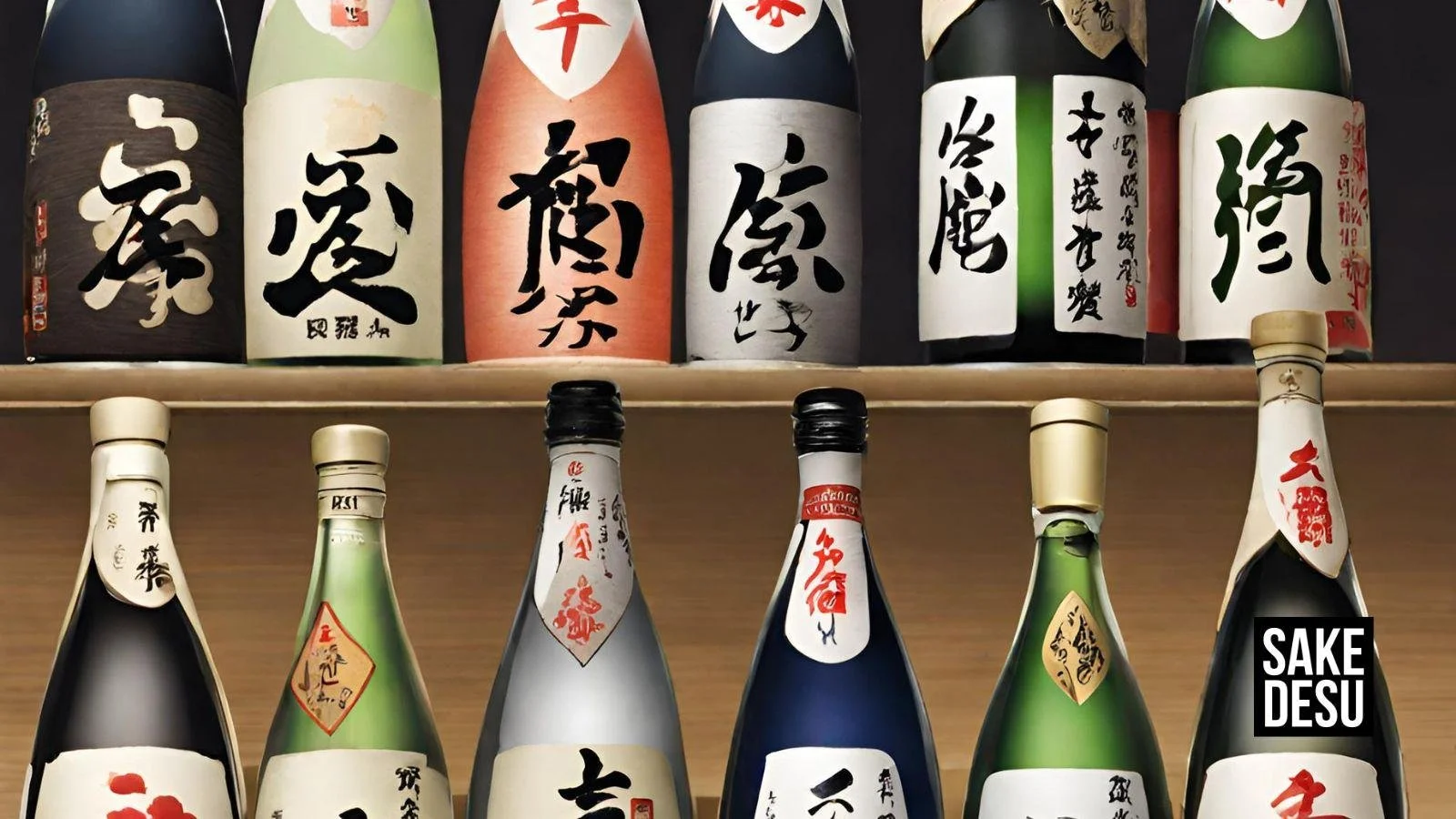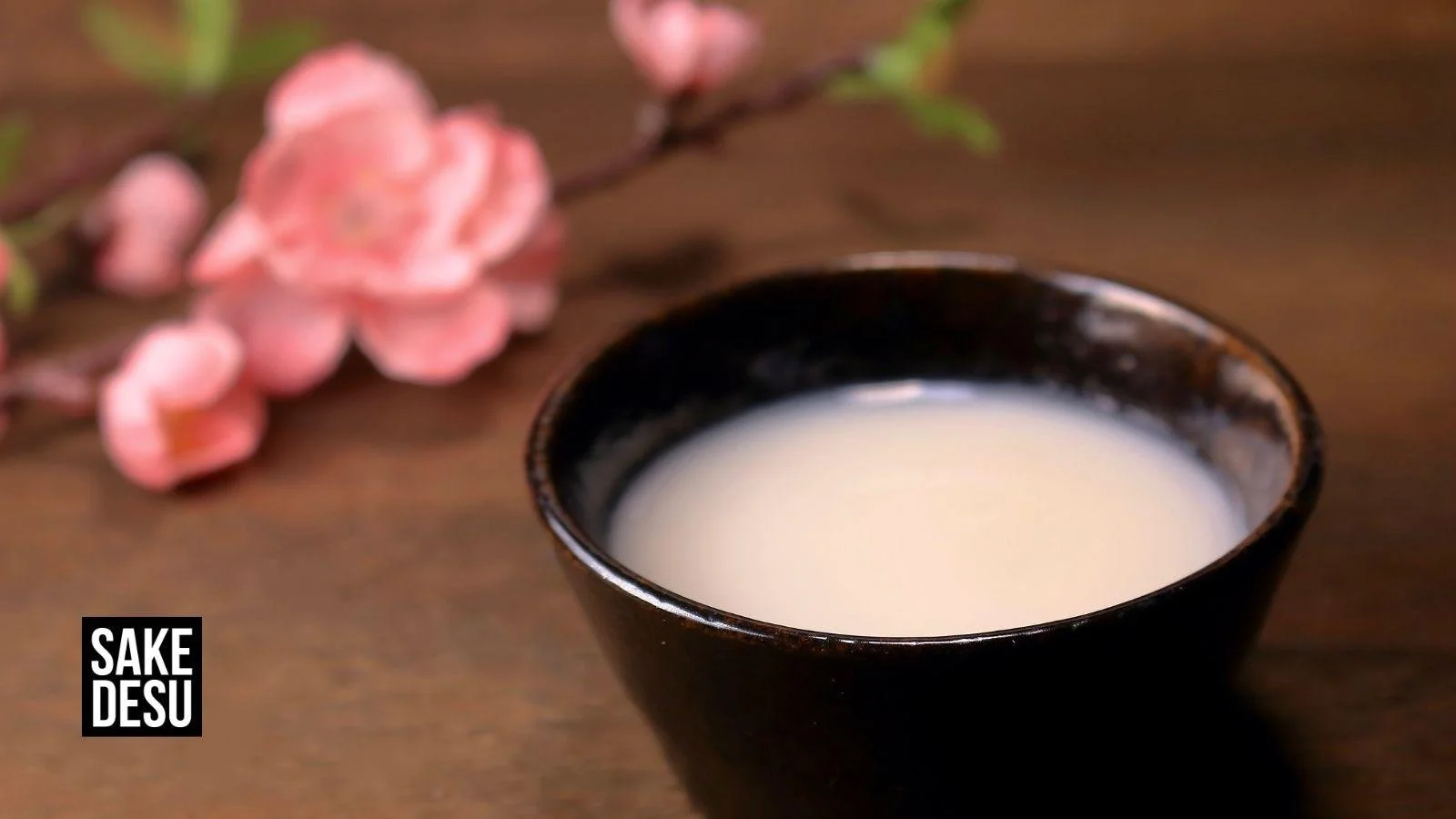Types of Sake: Exploring Japan's Brew Styles
Many STyles, many flavors
Japan's famous brew, Sake, is known for its complex flavors and long-standing customs. The goal of our guide is to reveal the many layers of the world of sake, from its historical roots to the complex brewing methods that create its many styles.
Anyone interested in learning more about this famous drink can benefit from this exploration, from people who have never tried it before to seasoned fans who want to learn more. Let's talk about Japanese sake's many tastes and the skill that went into making each bottle.
What are the Different Types of Sake?
Sake, also called nihonshu, comes in a lot of different styles, each with its own taste and personality. Understanding the main types is important for anyone who wants to fully enjoy this complicated drink. Let's look at the most important types of Sake and see what makes each one unique.
Junmai: The Essence of Rice
Definition: Junmai, which means "pure rice," is the usual way to make Sake. It is made from rice, water, koji, and yeast. There is no added distilled alcohol, so it tastes just like the products it's made from.
Characteristics: Junmai lets the natural qualities of the sake rice show through. It is known for having a strong flavor and a strong acidity. It usually gives you a full-bodied, rich feeling.
Subtypes: Consider Junmai Ginjo and Junmai Daiginjo, two types of Junmai sake made with rice that has had 40% and 50% of its outer layer removed, respectively. This makes the taste smoother and more complex.
Honjozo: Smooth and Aromatic
Definition: Brewer's alcohol is added to a small amount of honjozo sake, not to make it stronger, but to improve its taste and smell.
Characteristics: This small addition makes the sake lighter and easier on the mouth than regular sake. It has a pleasant smell and a smooth taste, which makes it a good choice for many situations.
Ginjo: A Fragrant Delight
Definition: Ginjo rice must be polished to at least 60%, which means it has fewer flaws and a focus on style.
Characteristics: Ginjo is a quality sake that is known for its fruity taste and floral aroma. It is carefully brewed at low temperatures to give you a delicate, refined experience.
Daiginjo: The Apex of Craft
Definition: For daiginjo, the rice needs to be polished even more carefully, with at least half of the grain taken out, and usually more. This group shows the best craftsmanship in sake.
Characteristics: It is the most expensive sake you can buy, and it has the most delicious tastes and smells. People who want the best sake experience will love Daiginjo because it is so smooth.
Nigori: Rich and Creamy
Definition: Nigori has some rice pieces left in it, which gives it a milky look. It is also called unfiltered or coarsely filtered Sake.
Characteristics: This type of sake is creamier and often sweeter than other types. It has a bold taste that sets it apart from others. Its unique taste is popular with people who like stronger drinks.
Nama: Vibrantly Fresh
Definition: Raw Sake, also called Nama sake, doesn't go through pasteurization, so it keeps its fresh sake traits.
Characteristics: Nama tastes as close as you can get to drinking sake straight from the brewing rice mash. It has a lively flavor and a slight acidity. In the sake market, people really value how fresh it is.
These categories only scratch the top of the sake market, which includes both Japanese and imported sake. They show how deep and wide Japan's national drink is.
The world of Sake has a style for every taste and occasion. You can enjoy the rich complexity of Junmai, the aromatic bliss of Ginjo and Daiginjo, the textured pleasure of the Nigori sake, or the crisp freshness of Nama.
What Type of Sake is Sweet?
The process of making sake and the amount of rice that is polished are very important parts of the trip into Sake's sweetness. For people who like sweeter drinks, knowing which sakes naturally lean toward a sweeter taste than ordinary sake can make the tasting experience a lot more fun.
Understanding Sake Sweetness
Sake Meter Value (SMV): When it comes to Sake, the SMV measures how smooth and dry it is. A higher SMV means the profile is drier, while a lower one means it is sweeter. Acidity and other taste elements can also change the SMV.
Brewing Techniques: The way a sake is brewed can change how sweet it is. Some methods, like fermenting slowly and coolly or leaving more sugar behind, can make sake taste much better.
Examples of Sweet Sake
Nigori: This sake has been roughly filtered, and the natural sweetness from the rice sugars that have been left in makes it taste creamy and rich.
Junmai: Some types of Junmai, especially those that haven't been polished as much, have a subtle sweetness that makes their flavor deeper and more complex than their refined peers.
Fruit-Infused Sake: With modern twists, these sakes mix Sake with fruit essences like peach or plum, making a sweet and friendly drink.
What is the Highest Quality Sake?
Some sakes are better than others, and you might wonder what makes the best bottles stand out. The best sake comes from brewers who pick the ingredients carefully and are very careful during the whole process.
Quality Indicators in Sake
Rice Polishing Ratio: If the rice polishing ratio is low, it means that a lot of the top grain has been removed to get to the starchier core that is needed for a refined sake.
Attention to Detail: The best sake is made with special types of rice, strict making methods, and close monitoring of the fermentation process. These steps are very important for making Sake of the highest quality.
Top Quality Examples
Daiginjo and Junmai Daiginjo: These types of sake are the very best; they require rice to be polished for at least 50% of the time, which makes the drink very smooth and full of complex aromas.
Limited Production Sakes: Uniqueness is another sign of high quality. For example, some sakes are made in small amounts from heritage rice varieties, showing off their unique flavors and the brewer's creativity.
A lot of skill and tradition go into the search for the best sake among sake fans. Every step is done with unwavering commitment, from picking the right types of Sake rice to the delicate brew sake mash process.
By learning about these signs of quality, sake fans can reach the highest levels of the industry and find drinks that truly represent the art of sake making.
Which Sake is Good for Beginners?
With so many options, getting into the world of sake can seem scary. If you choose the right starting point, Sake can become easier to understand, and the first taste can become an exciting adventure.
Criteria for Beginner-Friendly Sake
Approachability: If you're new to sake, sakes with a smooth texture and a balanced taste profile are the best. These sakes are a good way to start exploring the world of Japanese alcohol made from rice because they are easy on the taste.
Fruity and Floral Notes: People who have never tried Sake before are more likely to be interested in ones that have strong fruity or floral scents. These familiar tastes take you on a delightful trip through your taste buds.
Beginner Recommendations
Ginjo and Daiginjo: Ginjo and Daiginjo sakes are great for beginners because they have light and sweet tastes. The careful way that these top grades of sake are made gives them a clean and interesting taste.
Lightly Sweet Nigori: This roughly filtered Sake, with its slightly sweet taste and creamy body, is a great way for people who are used to drinking wine or other drinks to get used to Sake's unique flavor.
What are the Types of Sake Flavors?
Different types of sake-specific rice, brewing methods, and yeast strains all play a role in creating the complicated flavors of sake. Understanding the basic taste of sake types makes tasting better and gives Sake fans the confidence to explore more of its varieties.
Flavor Spectrum
Fruity and Floral: A smooth Junmai Ginjo sake or a very expensive Daiginjo often opens up a world of wonderful smells, like apple, pear, and cherry blooms. These sakes make you feel welcome and refreshed.
Earthy and Umami-rich: Pure rice sakes, especially ones that haven't been reduced, have a lot of savory notes, like mushroom and forest tones, that give them a full-bodied and satisfying taste.
Herbaceous and Spicy: Because of the way they are fermented and the higher acidity, some sakes can have herbaceous or spicy undertones that make the flavor profile more interesting and complicated.
Finding Your Flavor
Tasting Events and Sake Flights: For beginners, sake tasting events or sake flights at specialty bars are great ways to find their favorite tastes within the sake range.
Pairing with Food: By pairing sake with different foods, you can see how the tastes of sake change in different cooking situations. A Junmai that is high in umami might go well with sushi, while a sparkling sake that has been carbonated could make lighter foods taste more refreshing.
By starting to make sake with easy-to-understand options and getting to know the different flavors, beginners can begin a rewarding trip into appreciating sake. No matter if you like the sweet smell of Daiginjo or the earthy flavor of Junmai, Sake has a world of flavors waiting for you to find them.
Final Thoughts
When you try Sake, you're not just trying a drink; you're also becoming a part of a rich cultural practice that Japan has held dear for hundreds of years. Sake, from the delicate Daiginjo to the hearty Junmai, tells stories of careful craftsmanship, old customs, and a never-ending search for the best flavors.
For people who are new to sake, this study will open up new tastes and feelings that will make them respect Japan's famous drink, which is often called the country's official national drink.
There are many kinds of sake, so there specialty sake riceis a taste for everyone. There are different tastes in each sake mash, like the crisp, floral notes of a Ginjo or the creamy, richness of a Nigori. The word "Junmai" means "pure rice" in English, which is a reflection of the pure rice starch that is used to make sake. This emphasizes how real and simple real sake is.
Many paths can be taken through Sake's varied scenery. There's always more to find, like new beers, unique flavors, and new ways to pair food. When you look into the different types of premium sake, you can see how deep and wide this respected method of making sake goes. Each type of premium sake is the best in terms of quality and taste.
ensive sake labels say to serve chilled, which shows how important temperature is for bringing out or hiding certain flavors. Because Sake is so flexible, it can also improve a lot of different kinds of food, not just Japanese food.
Frequently Asked Questions About Sake Style
-
To keep its quality, sake, especially genshu (undiluted) or unpasteurized sake, should be kept in a cool, dark place. Putting it in the fridge helps keep it fresh, which is important for keeping the careful balance of flavors.
-
Of course! Sake goes well with a lot of different kinds of food around the world because it has a lot of different flavors, from sweet sake to sparkling sake. Because it goes well with many different tastes, sake can be paired with almost any meal.
-
The rice polishing ratio is very important in making sake because it shows how much of the rice grain has been smoothed away. A smaller ratio, like that found in Sake made with highly polished rice, usually means a cleaner taste and fewer impurities, which are important for defining the flavor profile and putting the sake into the important categories.
-
Serving Sake at the right temperature is often key to getting the most out of it. Some types of Sake taste best when they are cold, but some, especially those high in umami or made from unique sake rice varieties, might show off all of their flavors better when they are slightly warmed up.
-
Many people think that sake should always be served hot, which is not true. On the contrary, many expensive sake labels say to serve chilled, which shows how important temperature is for bringing out or hiding certain flavors. Because Sake is so flexible, it can also improve a lot of different kinds of food, not just Japanese food.





